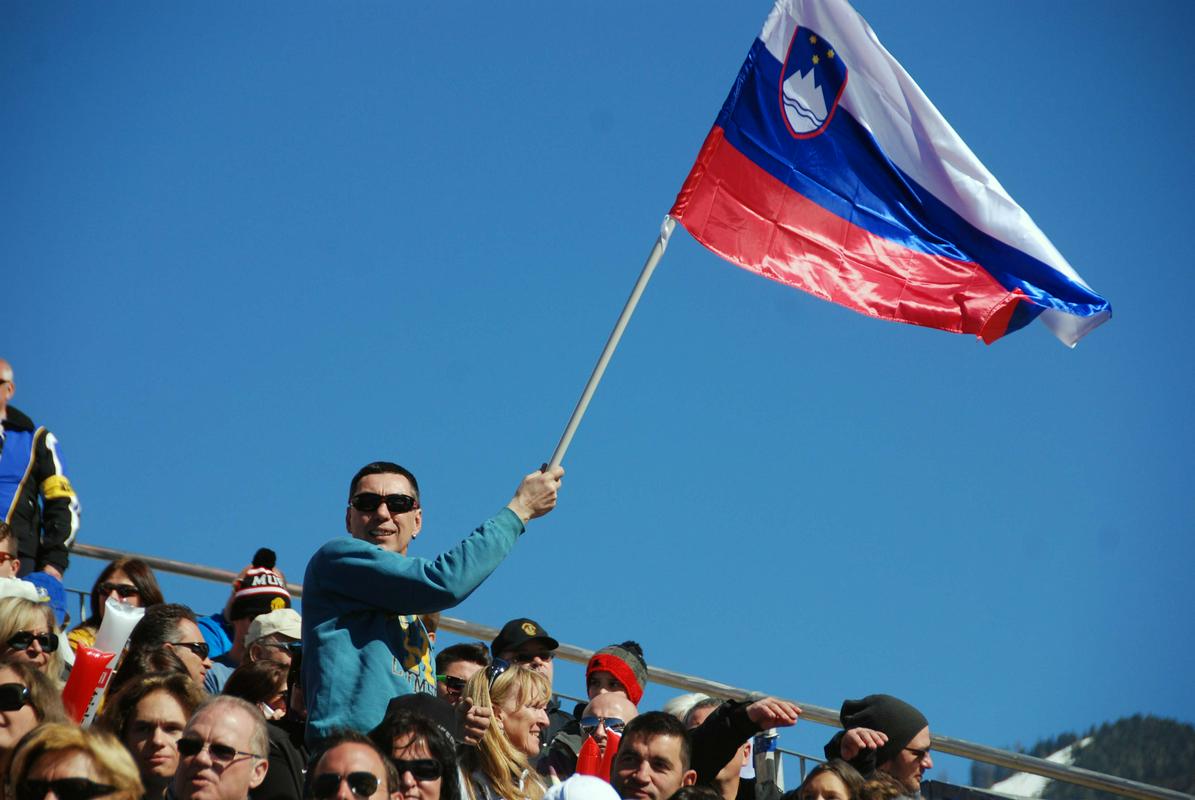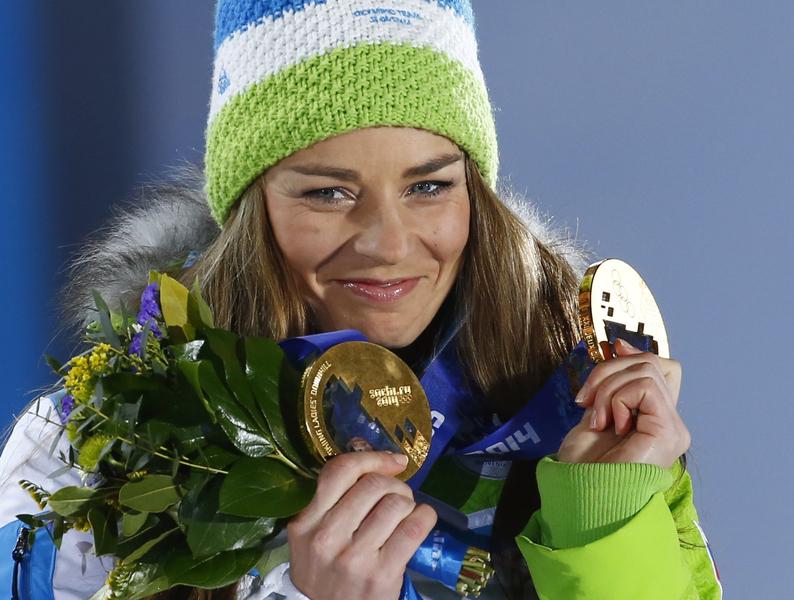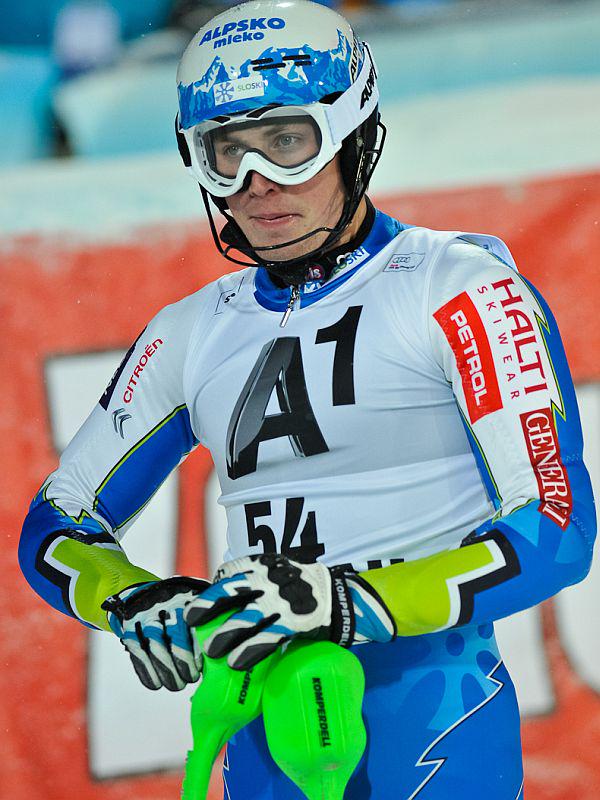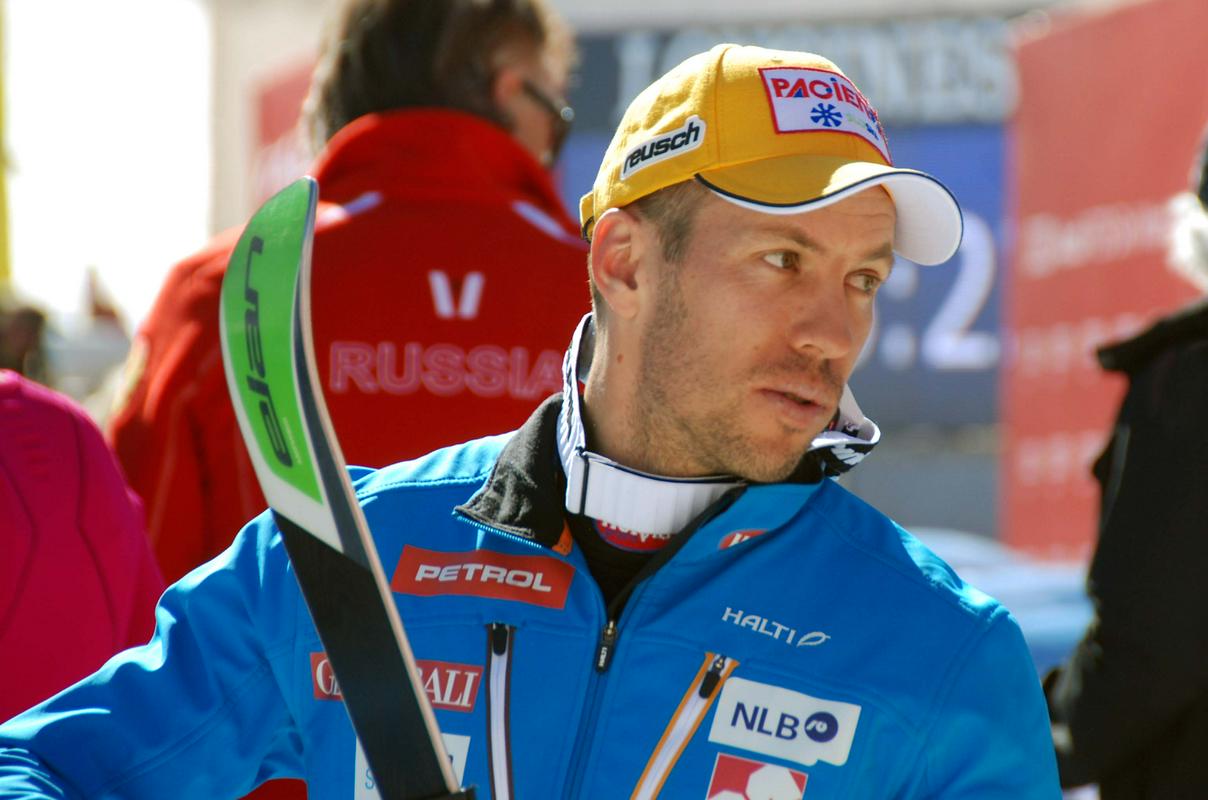
If they’re six seconds behind, they don’t deserve a place in the World Cup.


None of the men qualified to the finals in Lenzerheide. The last – and only – time this occurred was in the season of 2005/06. The times when Slovenia had six male representatives (2000/2001) are long gone and sound like science fiction today.
“When the golden generation set the skis aside, a generation gap emerged. Vajdič, Dragšič, Gorza and I managed to pull the wagon in the wanted direction for some time. Yet, I think the young generation had been somewhat forgotten when we were still doing well, and now we’re paying for that,” said Mitja Valenčič at the recent giant slalom race in Kranjska Gora, the last race of his years-long career and one where he failed to cross the finish line.
32 years have passed from the last win of a male Slovenian skier in giant slalom, 14 years since the last slalom victory, and 5 years since any win whatsoever. With the extremely bright exception of Tina Maze, who has written her own story with her individual team, the state of affairs among female Slovenian skiers is similarly meagre. The last time a female Slovenian skier other than Tina Maze won a race was in 2000. So what has gone so terribly wrong in these, say, 14 years? That is a question that was on everyone’s mind this past weekend at Kranjska Gora, where the second run saw no Slovenian representatives. We’ve heard numerous analyses and opinion these days. Let’s try to sum them up and determine if there’s any silver lightning.
What has happened to junior champions?
In 2007 Matic Skube, born in 1988, became the junior world champion in slalom. The 2nd place was taken by Marcel Hirsher, the most dominant slalom skier in recent years, who won his first race three years later than Skube. Hirscher is about to win his second Crystal Globe in a row, while Skube didn’t make it to the second run at any slalom race this season. The same year as Skube, Ilka Štuhec, born in 1990, won two gold medals (slalom, super combined), and added another one to her collection the year after, this time in downhill. Štuhec stands out of the meagre average, which she proved with some good results this season, but she’s had to struggle with injuries every year.
In 2011 Boštjan Kline (1991) became a junior world champion in downhill and super-G; today he ranks as 75th on the FIS list in downhill, and 69th in super-G. The last time a Slovenian won at medal at the junior world championship was in 2012 – Žan Kranjec won bronze in giant slalom and super combined, but he only made it to the top 30 once, at the giant slalom race in Alta Badia in December 2013. The second run at the Vitranc slope in Kranjska Gora slipped out of his hands by a fraction. “I’m really embarrassed today, while I had still been an optimist yesterday,” said Mitja Kunc, the chief trainer for technical disciplines, who described the current condition as “catastrophic”.
Not only are the results of Slovenian alpine skiers (except for Tina Maze and Ilka Štuhec) in the World Cup catastrophic, for the first time the junior world championship brought no successes either.
No money, no “führer”
The clubs that had had some funds went bankrupt. Smaller, half disbanded clubs took their places, and were unable to agree on the basics. There’s no “führer” who would be able to bang his or her fist on the table, as the ski demonstrator Sandi Murovec put it. There’s no big pool of competitors where the weeds could be separate from the wheat. Skiing is an expensive sport and only children with well-off parents can afford it – but they don’t have proper work habits. Something similar applies to trainers, who in addition tend to have too little experience.
Goal? Among the top 30.
While every, even a low-ranking American skier would tell you before the race that victory is his or her goal, our skiers aim for places between 20 and 30. It’s obvious that Slovenians don’t have the winning mentality of Americans, but one would still expect from a nation who used to be – and this doesn’t seem to be log ago – renowned as a ski nation and whose trainers and servicepeople are highly esteemed in the world, to set the bar slightly higher. Instead, we observe them at every race how they wrestle with the track, going off track, wring their hands. Urban Laurenčič sighs even before the race begins. And then we watch how far behind they are, we wonder how they could lose so much time without making any mistakes and what they’re even doing in the World Cup. Tone Vogrinec, a doyen in alpine skiing, who was appointed to be a member of a crisis work group just days ago, is determined: “If they’re six seconds behind, they don’t deserve a place in the World Cup.”
If they’re six seconds behind, they don’t deserve a place in the World Cup.


































































